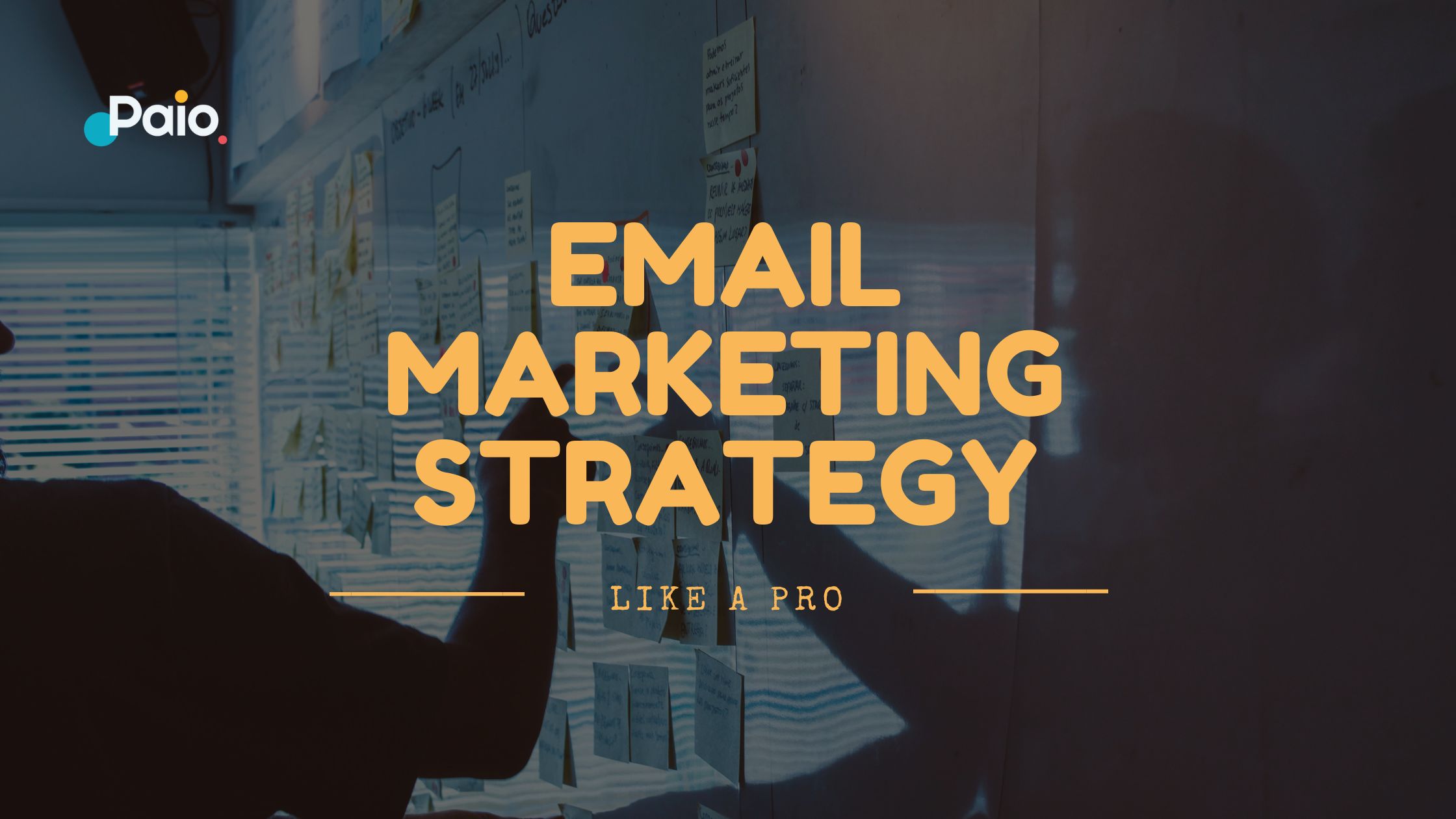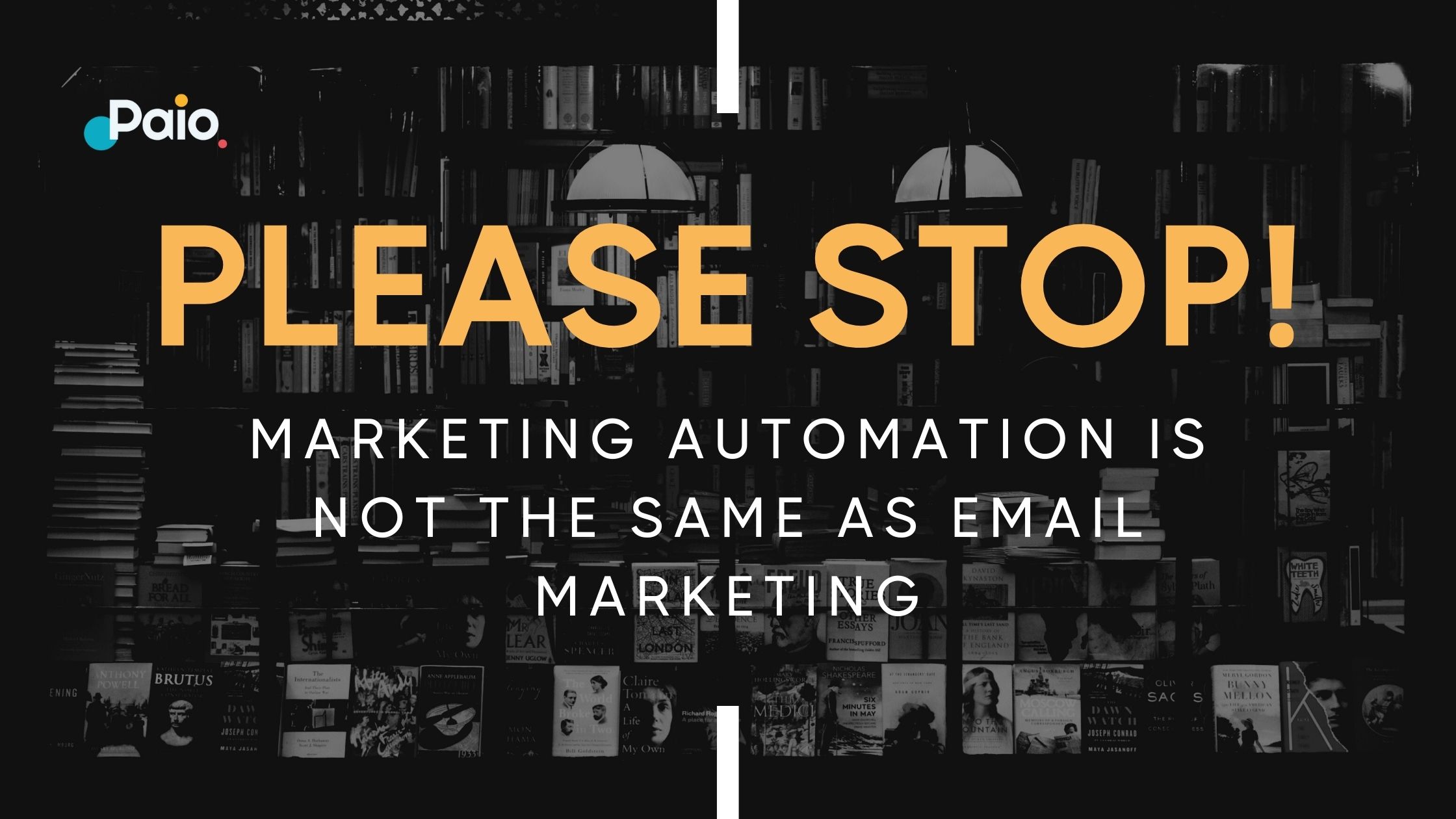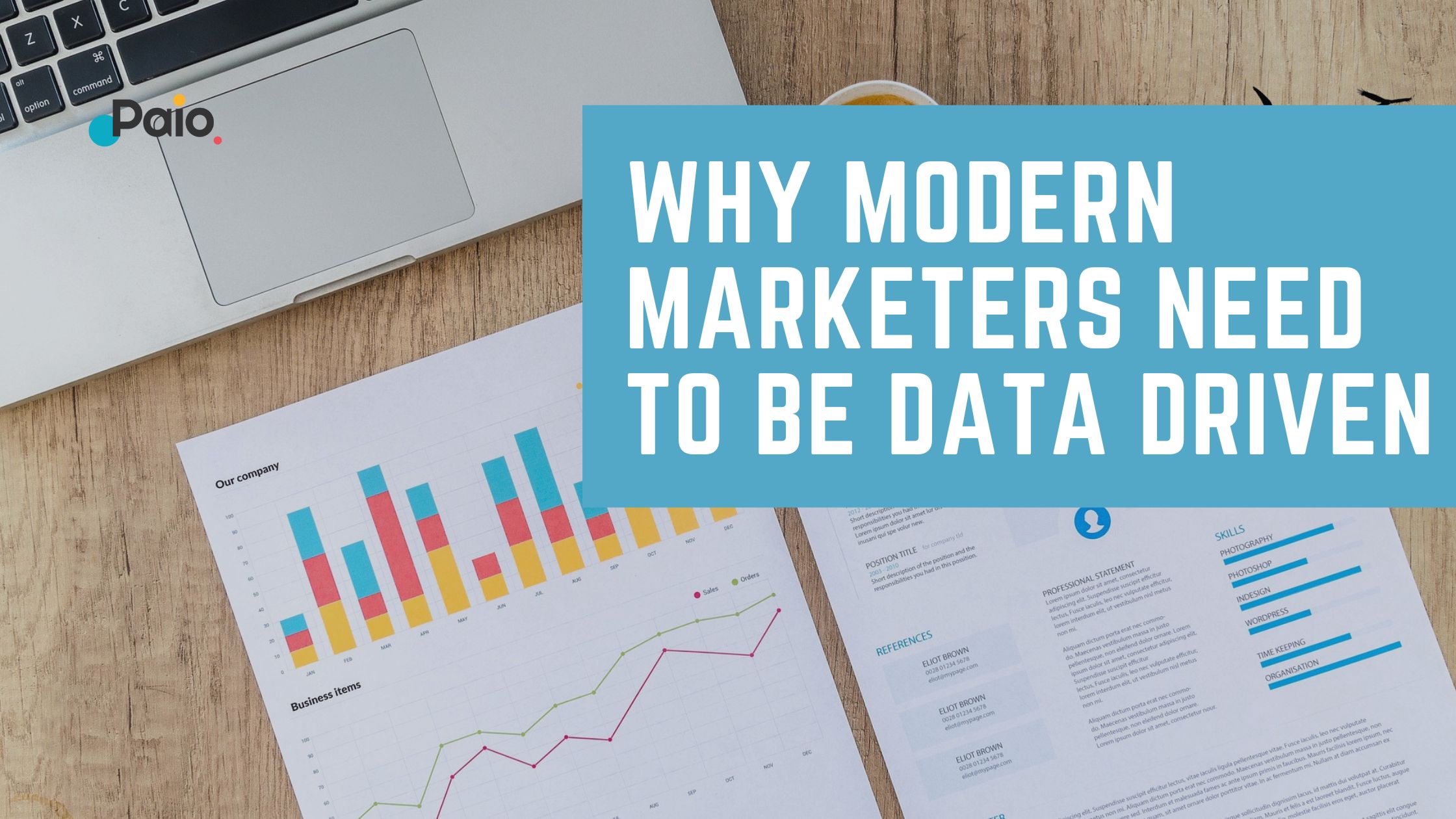Email marketing is one of the most effective digital marketing strategies out there. Studies show that email marketing has a return on investment of around $38 on every dollar invested. So, any marketer or organization that wants to thrive in this era cannot avoid using this strategy while marketing their brands to target customers.
If you are a marketer or business owner aiming at upping your email marketing game, this article will help you figure out how to do it. We shall discuss all the vital steps required to build an email marketing strategy like a pro. Let’s get started!
Step #1 : Start with building the relationship
The first thing you need to do while building your email marketing strategy is create a relationship with the target customers you would like to communicate with. So, how do you start the relationship? You begin the relationship by requesting their emails and then adding them to your email list.
If you don’t have an email list yet, there are several ways you can build one. Some of the most tested ways for building your email list include the following;
- Landing page: Create a landing page with a call to action that requires those interested in receiving your content to share their emails. You will be surprised by how many people are willing to share with you their emails.
- Pop-up survey: You can integrate a pop-up survey form within your website that pops up a few minutes after someone has started using the website. This survey may include questions like the experience the user is getting while using the site. You should also add a section where users can share their emails.
- App registration: If your company builds apps, you can get user emails as they register to start using your app.
Step #2 : Use dynamic audience segmentation to boost engagement
Having an extensive email list is one thing, and getting the engagement you need from every email you send is another. Your goal as a marker is not to have a large email list; it is to create an email marketing campaign that triggers your audience to engage with the brand and finally buy your products. Email engagement can be quantified using metrics like open rate, click-through, and the number of unsubscribes within a given period.
If the content you are sending to your target audience is interesting, they will be more than ready to always open your emails and click the links you add there. However, if you constantly send them irrelevant and boring content, the result will be few open rates, click rates, and in the worst-case scenario, more unsubscribes.
One of the most reliable ways to send users relevant content that triggers them to engage is dynamic audience segmentation. This involves categorizing your audience into groups, where emails with several shared traits are put in one group. These groups can be created based on parameters such as gender, location, employer, job position, income bracket, the web pages they interact with, and many more.
You are also supposed to update these groups very often because the details about each of your contacts are constantly changing. For example, a user who stopped at the product description page last may buy it this week, so you should remove them from that group. The good news is that there are several marketing automation tools that you can use to automate these tasks, so you don’t have to do them manually.
Step #3 : Customize the email experience based on action
In the previous step, you categorized your emails and sent personalized content that directly speaks to the individuals in each category. To some, this might be enough to get them a couple of conversions. However, if you want to build an email marketing strategy like a pro, you can take this to the next level by further customizing the emails based on users’ actions while using your site.
For example, if a user opens the first email, browses your app’s product pages, but stops at the products description and doesn’t make the purchase, you can automatically send them a follow-up email highlighting one of the products they viewed in their last session. This reminds them of the product, which could trigger them into making the purchase.
There are several emails marketing tools that can automatically do this for you, as long as they have access to your website’s analytics data.
Final thoughts
The three stages we have just shared will help you build a sustainable email marketing strategy that encourages your audience engagement and increases your conversions. In the end, that is how you will achieve the insane ROI numbers of $38 for every $1 you spend on email marketing.


.jpg?width=70&name=11822273_869376790464_4398309784822550341_n%20(1).jpg)


